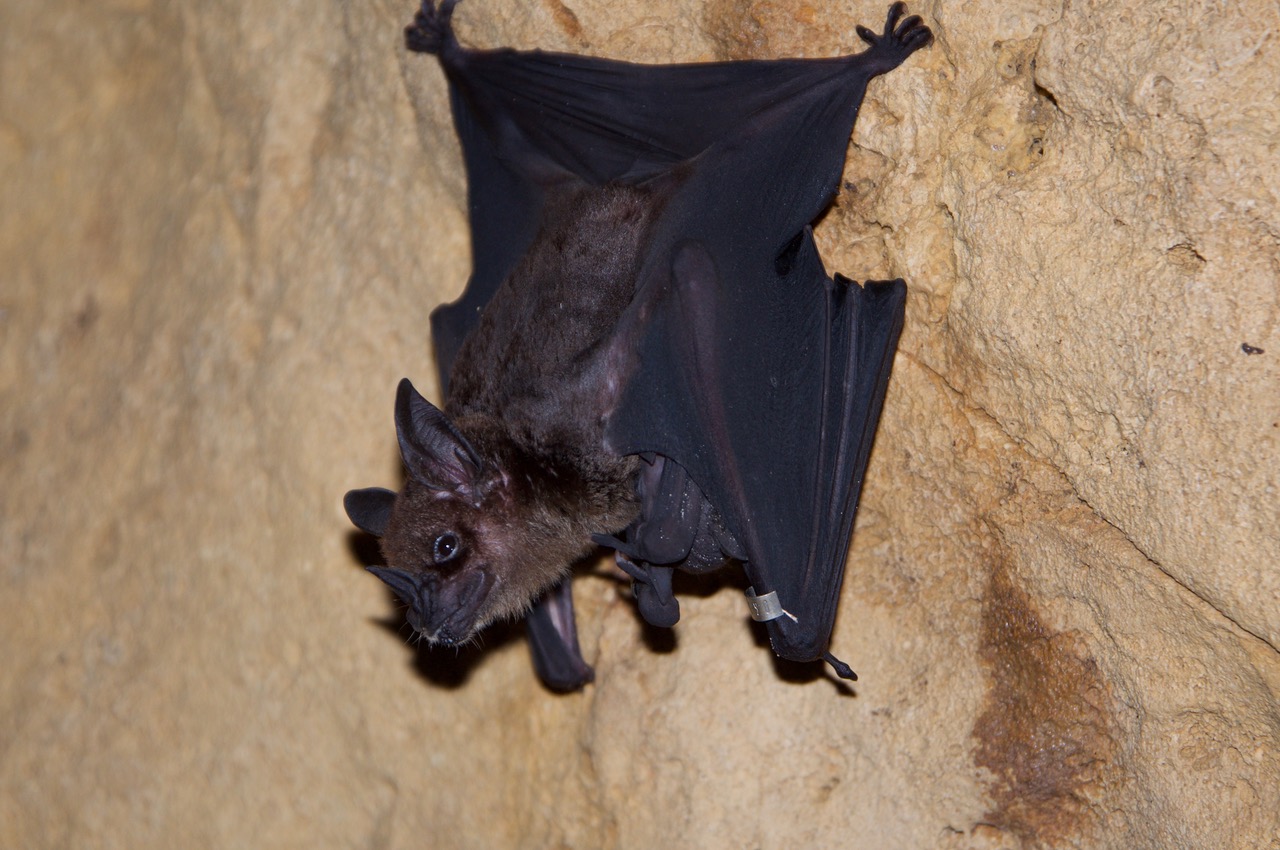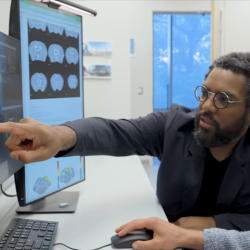New Institute Created to Study Differences in Aging Between Male and Female Organisms
UMD biologist Gerald Wilkinson has been named a co-principal investigator of the IISAGE Biology Integration Institute
A five-year, $12.5 million grant from the National Science Foundation (NSF) will enable researchers from across the country—including a biologist from the University of Maryland—to form the IISAGE Biology Integration Institute aimed at explaining why some female and male organisms age differently.
Researchers will analyze the evolutionary history and biological processes of various animal species to get to the root of aging.

Gerald Wilkinson, a biology professor at the University of Maryland and co-principal investigator of this project, will provide data and expertise from his research on several bat species that have disparities in life expectancy depending on their sex.
"There’s an overarching question that we’re trying to answer, and that is: How do you explain differences in lifespan between males and females in different organisms? In some species, males live longer, and in others, females live longer,” Wilkinson said. “There are many different ideas as to why that is, and researchers from a wide range of biological fields will have the chance to explore those possibilities with the IISAGE Biology Integration Institute.”
The institute will be led by Principal Investigator Nicole Riddle, associate professor of biology with the University of Alabama at Birmingham. While this research will exclusively rely on animal data, Riddle said their findings could potentially be used to improve the livelihoods of people.
“There are so many implications that aging has, and for us to have an opportunity to investigate how we could manipulate aging—be that through lifestyle changes or even medications—we could be primed to unlock the most robust understanding of aging we’ve yet known,” Riddle said. “I am eager to be a part of this research and unlocking the unknowns of aging in an effort to positively impact our world moving forward.”
IISAGE will use novel analysis tools and hundreds of datasets to develop predictive models that determine how genome architecture, organismal biology and phenotypic plasticity generate differences in aging. Ultimately, Riddle explains, this research could identify ways to potentially control differences in aging between females and males.
As part of the NSF grant, IISAGE will bring together expertise from across biology to conduct research and observations in a variety of animal species. The institute will also focus on community outreach and engagement, with plans to bring undergraduate students into labs during summers to conduct research, provide professional training to graduate students, host workshops and seminars, and display research in science museums across the country.
A citizen science project will also be critical to IISAGE’s data collection process. For example, aquarium hobbyists will be tapped to share information on aquatic animals for which few published data exist.
In addition to UMD and UAB, researchers from Michigan State University, Cornell University, Marquette University, Brown University, the University of Kansas and the University of Houston are involved in IISAGE.
###
This article is adapted from text provided by the University of Alabama at Birmingham.







